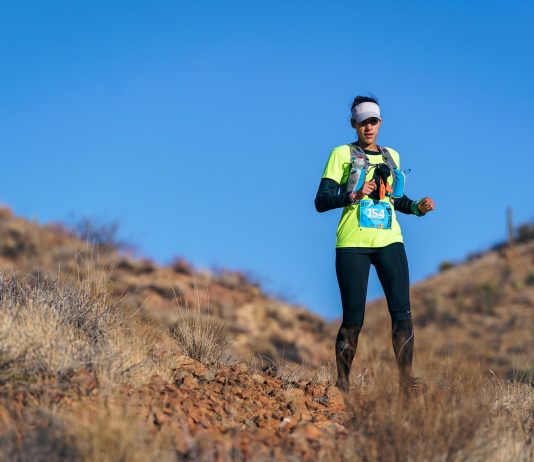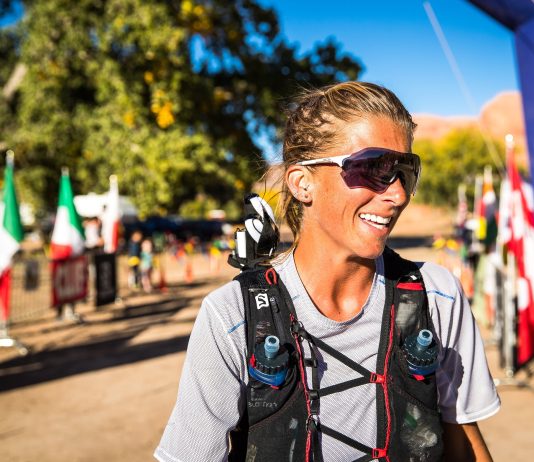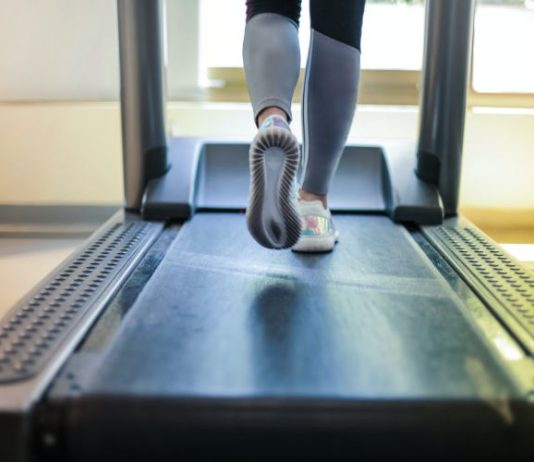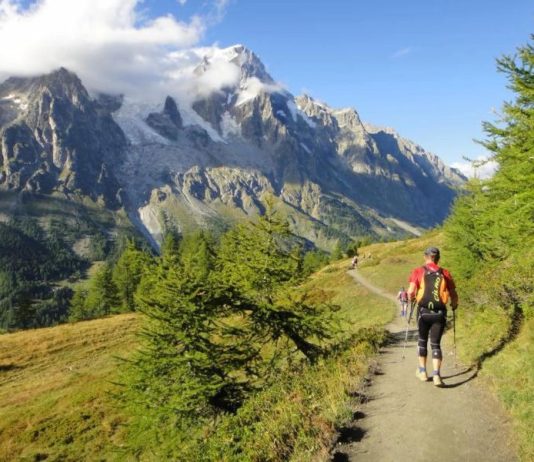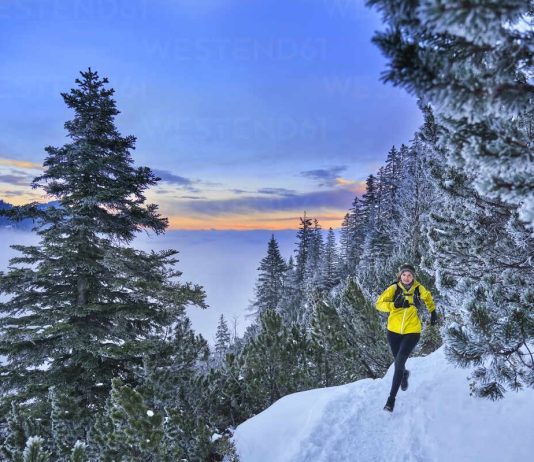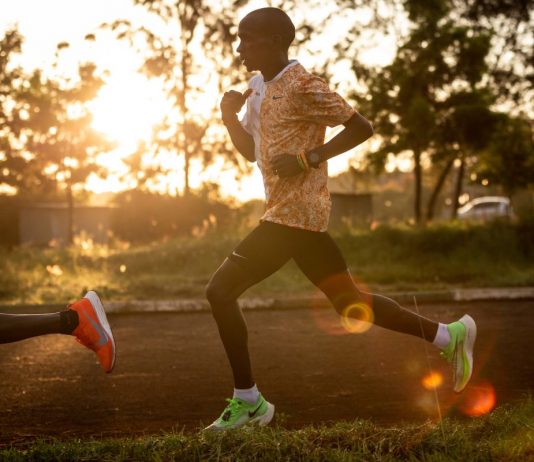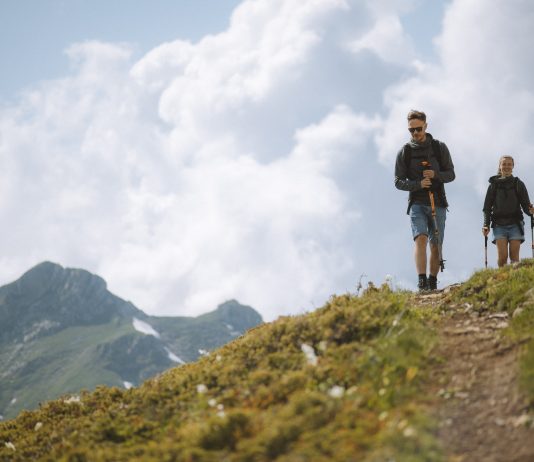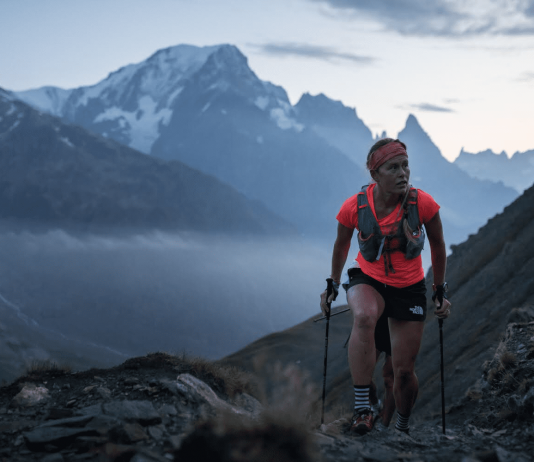Many runners neglect downhill training in their preparation for events, but it's crucial to build confidence, technique, and strength in running downhill. Focusing solely on uphill training can lead to exhaustion on race day, even before reaching the first climb. Running downhill efficiently requires a combination of these three elements.
Courtney Dauwalter is a well-known name in the world of ultrarunning, and her recent win at the Ultra-Trail du Mont Blanc (UTMB) is a testament to her abilities. The UTMB is one of the most challenging races in the world, spanning 106 miles and covering the Alps of Switzerland, France, and Italy, with 32,940 feet of elevation gain. Dauwalter, a 34-year-old runner from the US, became the fourth American woman to win the race, finishing in an impressive time of 24 hours and 34 minutes. She placed 21st overall, with 144 women and 1,412 men completing the race.
While the treadmill may lack the picturesque scenery of outdoor routes, it offers numerous advantages that make it a favorite among elite runners like Eilish McColgan. Inclement weather poses a safety risk on outdoor surfaces, making the treadmill a reliable alternative. Additionally, studies show that treadmill running can lead to adjustments in stride length and frequency, ultimately improving cadence and reducing impact forces on the body.
Going beyond the confines of the traditional marathon lies the realm of ultra marathons—an ultimate test of endurance that surpasses the standard 26.2 miles (42.1k). Spanning from single-day 50k (31 miles) sprints to grueling multi-stage races covering hundreds of miles, these events traverse challenging terrains, pushing athletes to their physical and mental limits.
Conquering the Heat: Unveiling the Secrets to Thriving in High-Temperature Races
Runnerstribe Admin -
Tackling races under scorching conditions might seem like an uphill battle, but with strategic preparation and prudent tactics on race day, it’s a challenge within reach. While soaring temperatures inevitably slow down all runners, the key lies in savvy readiness to navigate these conditions.
As winter blankets the northern hemisphere, trail and ultrarunners face a familiar dilemma: the absence of suitable hilly landscapes for training. Across diverse geographical regions, these athletes encounter trails buried under snow, icy patches, or muddy terrain, severely limiting their training options. For those eyeing mountainous events, this lack of terrain access poses a significant hurdle. Thankfully, experienced runners have devised effective strategies to maintain their mountain running prowess.
Former American 800m runner Nick Symmonds has achieved an impressive athletic career, including a personal best of 1:42.95, a silver medal at the IAAF World Championship, fifth place at the London Olympics, and six American national 800m titles (five of which were consecutive). Following his retirement from professional track racing, Symmonds co-founded RunGum and now serves as its CEO. In his free time, he trains for the marathon.
The topic of slowing down the pace during easy runs is frequently talked about, but what is considered slow? How much of a reduction in speed is necessary? To clarify this, you can watch a short video featuring Eliud Kipchoge, the world record holder in the marathon, and the NN Running Team. If this doesn't convince you to take it easy on your easy days, then perhaps nothing will.
In the realm of trail running, we encounter a diverse spectrum that ranges from awe-inspiring achievements to the burgeoning community of enthusiasts venturing into the world of off-road running. At one extreme, we find the extraordinary Spanish athlete Kilian Jornet, who, in October, embarked on a breathtaking challenge: ascending to the summits of every peak higher than 3,000 meters in the Pyrenees. His remarkable feat saw him conquer all 177 peaks within a mere eight days, using a bicycle to traverse the distances between these majestic mountains.
In a pivotal endurance research gathering in England, Guillaume Millet presented a groundbreaking notion that challenged conventions: longer races might induce less muscle fatigue. His assertion that inefficiency could be strategic in certain contexts sheds light on the tactical role of walking within running strategies


